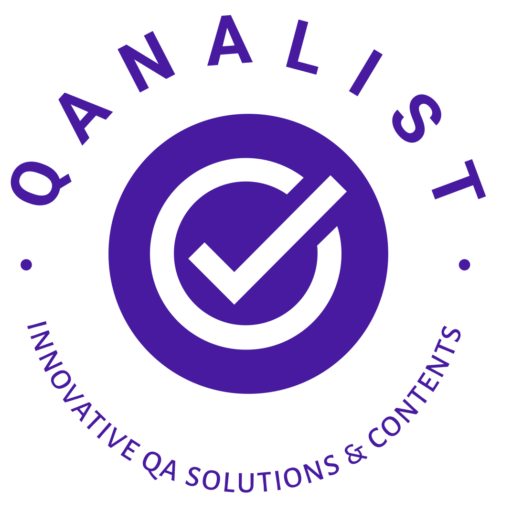Why Application Migration Testing Is Important?
Cloud migration can be a complicated, painful experience if done incorrectly. Data can become lost or compromised without adequate security measures in place, and the possibility of a large number of migration defects is high. Application migration testing compares the migrated application with your legacy application to uncover discrepancies or errors.
The goal is to ensure legacy data transfers over to the new application with minimal downtime or disruption with all essential data and functions intact. It also makes sure the new, upgraded application is compatible with all hardware and software your legacy application currently supports. Application migration testing applies to all types of migrations, including application consolidation, development and lift and shift migrations.
Main reasons to consider cloud model
Testing demands extensive capital investments in hardware. Cloud is the good choice for organizations that do not want to have a full dedicated investment in testing infrastructure, as it fulfills all test environment needs and requirements.
Small and medium-sized enterprises (SMEs) that cannot afford huge capital expenditures also find cloud enabled testing an ideal approach.
If Cloud computing is utilized effectively, it can help in achieving enough test coverage while minimizing the investment and configuration costs for any company. The usage of right environment for testing will also help in controlling the costs by enabling defect detection earlier in the life cycle.
According to various research reports, 30 percent of the bugs in production are due to the incorrect test environment configurations. The study also indicates that the efforts involved in fixing these defect leakages are huge. With the Cloud-based rental and pay-as-you-go model, the testing team is provided with a test lab for the required timeframe. Organizations can shorten the provisioning time as cloud enables provisioning of test servers on an on-demand basis.
Some of the key benefits cloud migration testing offers in these situations
The need for cloud testing is easily visible with the benefits that we derive from it, which are far too many.
Below is list of benefits which explain why Cloud platform is the need of application deployment:
- Preparing your servers and software to handle extreme load conditions
- Pre-telling errors, to avoid goof ups while migration
- Highlighting points of compatibility issues, breakdown situations
- Comprehensive testing in extreme load conditions, eliminating bugs and errors
- Run-time testing, to ensure, log and correct errors
- Managing user access and control, post migration
- Security and validation testing to enhance performance
Questions to Assess If Your Application Migration Went Well
Use these questions to guide your application migration planning strategy and post-migration follow-up.
WILL PERFORMANCE IMPROVE?
- Legacy applications can slow business down and reduce profitability. Assess application performance with a fine tooth comb. Look out for slow response times and system errors. If the transition results in degraded performance, the migration likely will not have a favorable outcome.
- Organizations must measure performance both before and after migration to measure migration success. Benchmarks must be accurately reviewed to gauge the success of the transition.
DO YOU FORESEE ANY POTENTIAL DISRUPTIONS?
- Cloud migration should improve daily operations.
- Disruptions are to be expected when transitioning to new systems, but they should not compromise the business as a whole.
- Migrations can be time intensive. Your application migration strategy should address any potential disruptions and mitigate downtime.
WILL THE DATABASES BE SECURE?
- Protecting databases from hackers and potential viruses are more critical today than ever before. One of the most significant benefits of switching to modernized legacy applications is security. During the migration process is when data is most vulnerable.
- Cloud providers will not manage security or compliance for you. Your application migration plan should include security tests to ensure files are protected and address any vulnerabilities. Migration experts can help ensure new applications meet all industry compliance standards.
ARE ALL USERS ACTIVELY INVOLVED?
- Power users are employees and partners who use your systems daily. They can provide feedback on both old and new systems to ensure functionality is protected. They can also help improve user experience and provide recommendations to optimize performance.
- The migration process should not happen in a bubble. All future users should be able to interact and use technology early on to minimize mistakes and ensure a successful post-migration transition.
IS THE SYSTEM STABLE?
- Load testing involves checking how systems perform under heavy usage conditions over a specified period. Testing should not be limited strictly to new data applications but should be an ongoing process for maintaining optimal functionality.
- Stress tests should also be performed under intense loads to find memory leaks, review system speeds, and address any potential security issues.

